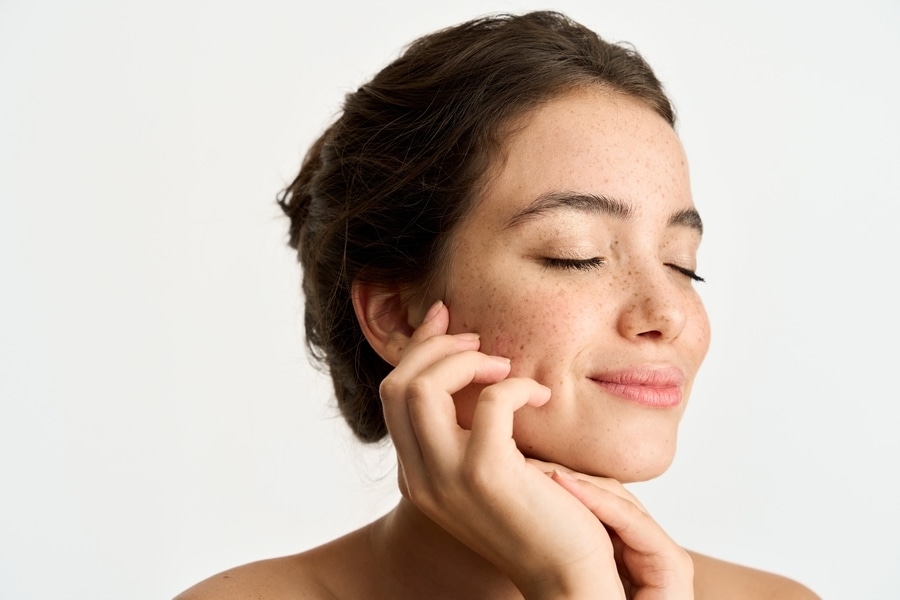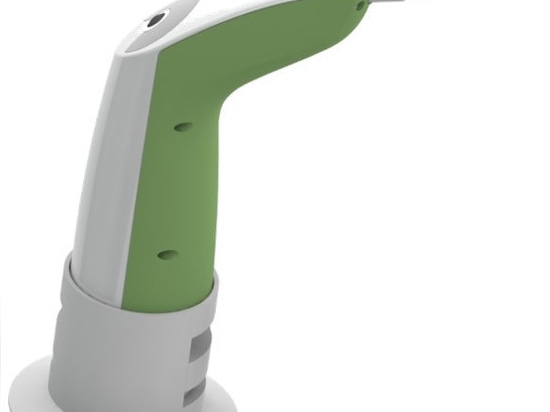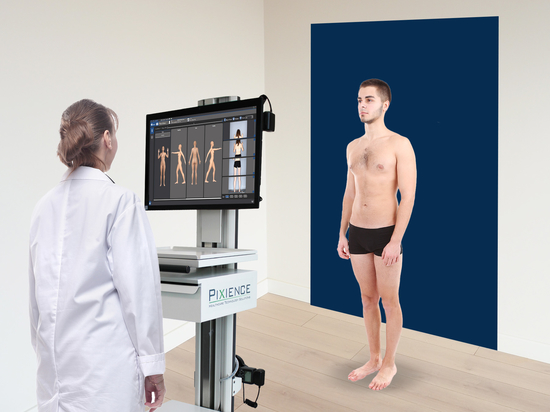
#Product Trends
Evaluation of moisturizing effects with the C-Cube
Skin hydration is one of the most sought-after needs by cosmetic consumers. It is essential for maintaining supple, glowing, and functional skin.
Skin hydration: an essential claim
Skin hydration is one of the most sought-after needs by cosmetic consumers. It is essential for maintaining supple, glowing, and functional skin. Well-hydrated skin plays a protective role against external aggressions, promotes cell renewal and prevents the signs of premature aging. On the other hand, dehydrated skin can lead to feelings of discomfort, increased flaking, and an alteration of the skin barrier.
The C-Cube is a reference tool for validating these claims with precision and scientific rigor. Specifically designed for clinical research, it features unique indirect illumination that eliminates hot spots and ensures consistent, distortion-free image capture.
Its technology ensures unrivalled accuracy of analysis, providing an extremely fine assessment of textures, reliefs and skin colour variations. Unlike macro systems, the C-Cube allows for a much more detailed and accurate analysis, revealing nuances imperceptible to the naked eye and ensuring a more accurate and reliable interpretation of skin features. Compact, ergonomic and easy to use, the C-Cube offers exceptional measurement performance, while being adapted to the constraints of clinical research.
Analysis of the effectiveness of moisturizing active ingredients
The C-Cube makes it possible to quantify the moisturizing effectiveness of cosmetic products through several complementary approaches
1. In-vivo desquamation measurement
Excessive peeling is a sign of dry skin and occurs when the stratum corneum flakes.
The C-Cube’s patented illumination system converts pixels in an image into CIE L*a*b measurements. Since the scales are whitish and significantly lighter than healthy skin, they can be detected by exploiting the L* component of the image (luminance). We thus produce a binary image in black and white, where the white pixels correspond to the scales. By measuring the area covered with scales relative to the total area of the image, it is possible to give an index of desquamation.
This non-invasive process provides precise data on the condition of the stratum corneum and allows the long-term effect of moisturizing products to be monitored.
2. Measurement of ex-vivo desquamation
With the help of sampling patches (D-squame® or Corneofix®) and the Pixience sampling reader, it is possible to evaluate the amount of scales collected in a standardised and systematic way. Indeed, the colour of the sampling area being darker than the scales collected, it is possible to analyse the intensity levels to determine a threshold between the bottom and the scales.
The software associated with the C-Cube gives a desquamation index and classifies the scales into 5 categories according to their thickness (measured according to the intensity of the luminance).
This method complements in-vivo analysis, especially in areas where dander is more difficult to capture visually.
3. 3D roughness analysis
A rough, uneven skin surface can indicate a lack of hydration of the skin.
The C-Cube 3 CR uses stereophotometry for more detailed, accurate, and reliable 3D reconstruction. This technology is ideal for dermatological and cosmetic applications, as it overcomes the limitations of other methods, which are often affected by artifacts and variations in skin color.
With a margin of error of less than 0.1%, this data demonstrates significant improvements in skin texture after applying a moisturizing product.
The C-Cube 3 CR and its 3D module accurately measure roughness parameters according to ISO 25178:
• Sa: the average roughness, which is particularly interesting in the context of hydration measurement because it evaluates the finest surface variations.
• Sq: the average quadratic roughness, which is more sensitive to pronounced hollows in the skin’s surface. It is therefore relevant for measuring very marked surface defects, such as fine lines or scars.
• Sdr: the developed surface area rate evaluating the increase in the surface area of the skin due to its texture. An SDR of 0 indicates a perfectly smooth surface.
4. Skin symmetry assessment
Symmetry parameters, such as Ssk (asymmetry coefficient) and Sku (flattening coefficient), are also used to characterize the uniform distribution of moisture across the skin surface. These data indicate the surface roughness profile trends (peaks: sharp profile, valleys: flat profile).
These measures allow us to go further in understanding the effects of moisturizers, especially on the driest or most uneven areas.
5.Skin radiance
Radiance of the complexion is a change in tone associated with notions of clarity of complexion, of rosy complexion, corresponding to healthy skin. Hydration has a direct effect on this parameter.
The C-Cube 3 CR and its software produce a radiance index expressing the luminosity, the presence of redness and the homogeneity of the complexion. These criteria combine in such a way that when the index increases with the visual impression of brilliance.
By combining advanced analysis techniques and a rigorous scientific approach, the C-Cube 3 CR is a unique and versatile tool for assessing skin hydration.
It allows you to validate the effectiveness of your moisturizing products with quantitative and objective data and illustrations.
C-Cube 3 CR, precise and versatile for your clinical studies!






